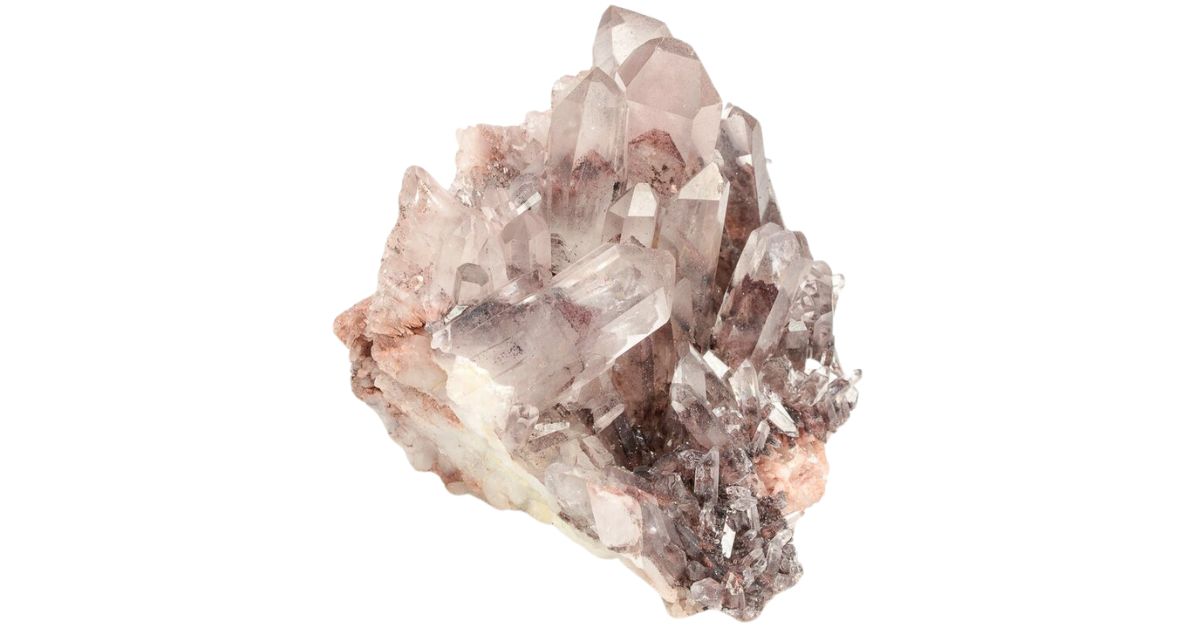Exploring our backyards can be a surprising adventure, especially when we start looking closely at the ground beneath our feet. You might be amazed at the variety of beautiful and interesting gems and crystals that could be hidden there.
These natural treasures come in all sorts of shapes, sizes, and colors, making each find unique and exciting. It’s like having a mini treasure hunt in your own outdoor space, where every discovery tells its own special story.
Gemstones and Crystals Commonly Found In Our Yards
It’s pretty cool to think that there might be hidden treasures just a few steps outside your door. Let’s explore what these hidden gems might be and how you can find them.
Quartz
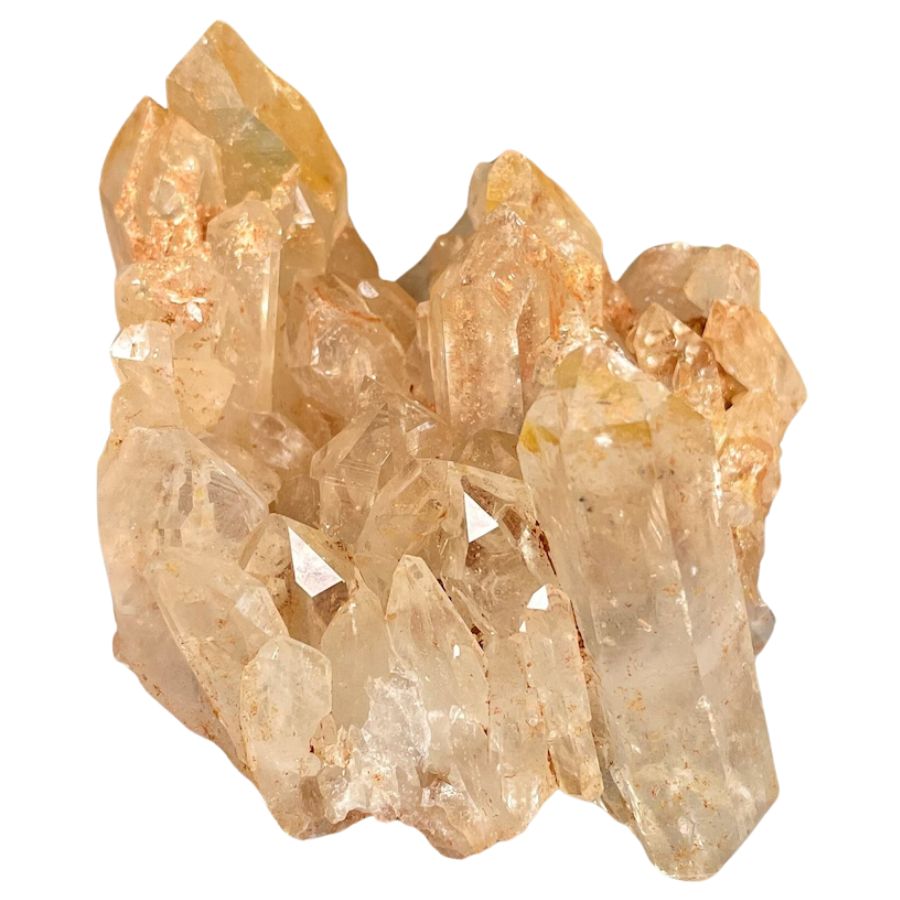
Quartz is one of the most common minerals on Earth, and it’s really strong. It’s made of silicon and oxygen, and can be clear or have different colors.
There might be quartz in your backyard because of how common it is. They can be found in little broken pieces, or they can also be found in large clusters with intact crystals.
Quartz can look really different depending on where it’s from. Sometimes it’s clear and shiny, and other times it can have all sorts of colors mixed in.
Obsidian
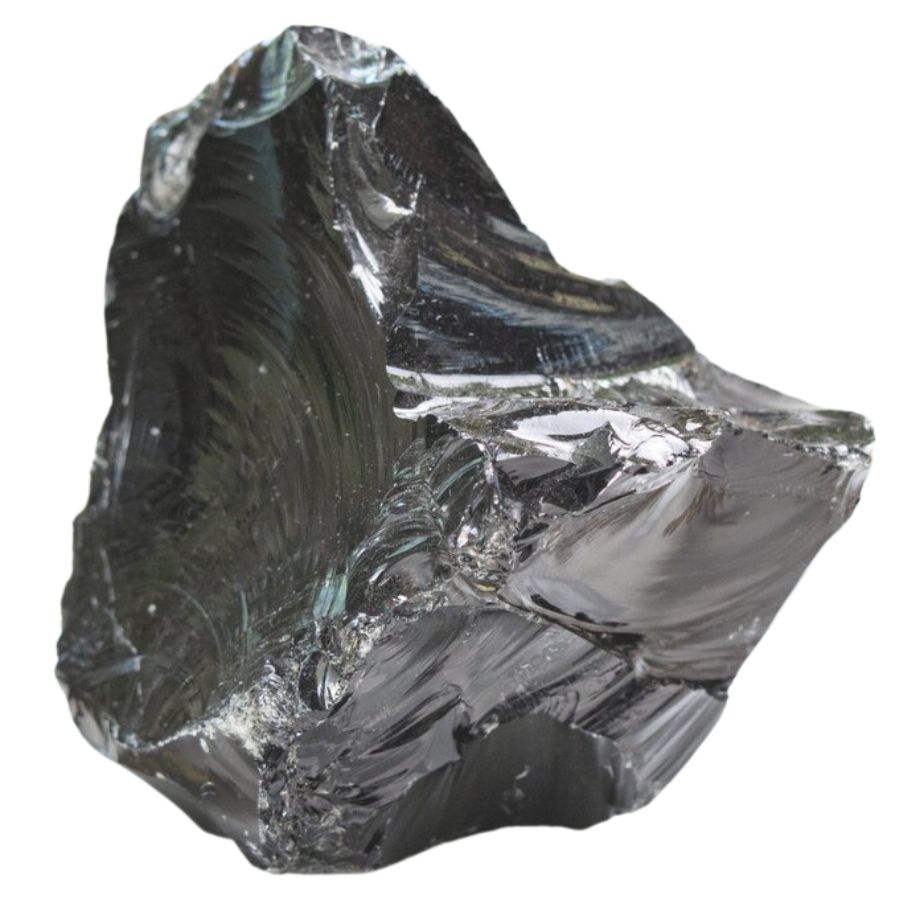
Obsidian is a really cool kind of rock that looks like dark glass. It forms when lava from a volcano cools down super fast and doesn’t have time to form crystals.
You might find obsidian if you live in an area that used to have volcanic activity. It can be pretty easy to recognize because of its smooth, shiny surface and dark color.
One neat thing about obsidian is that people have used it for a long time to make sharp tools and even art. It can be broken to have very sharp edges, which is why it was so useful for cutting things in the past.
Agate
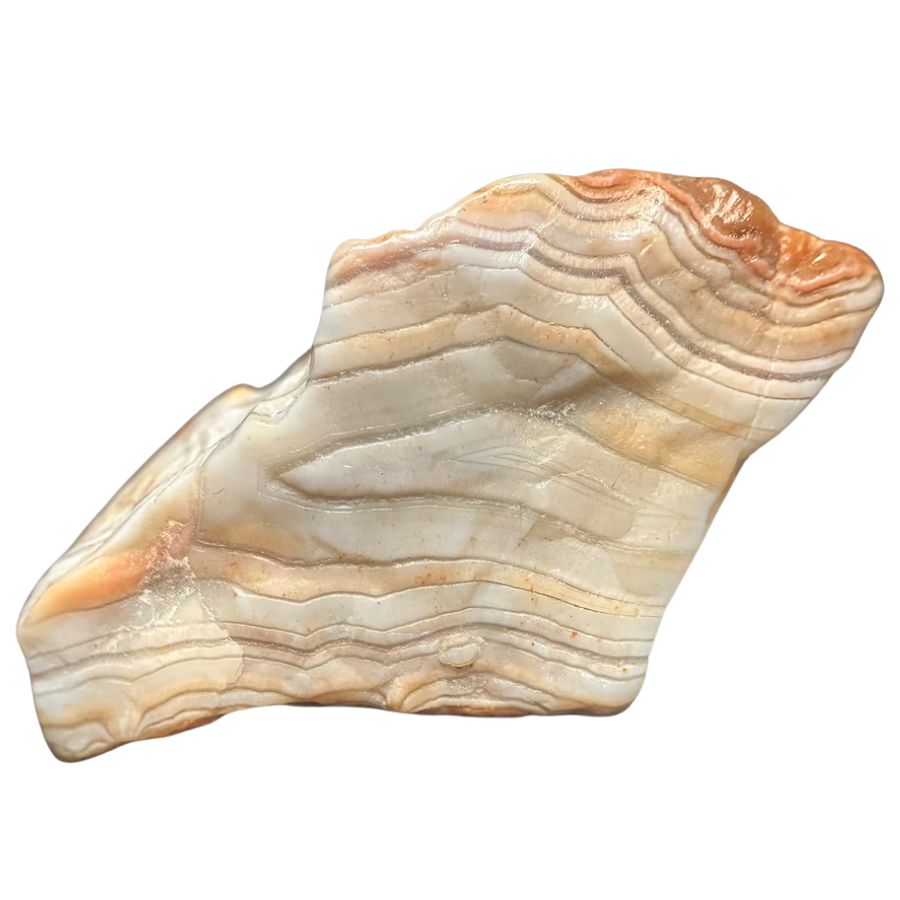
Agate is a really interesting rock that’s known for its colorful, striped patterns. It’s a kind of quartz, but what makes it special are the bands of different colors that can be seen in it.
This rock is often found in areas where there were once volcanoes or a lot of heat, like in lava. The heat and pressure from volcanoes can create agate in the rocks and soil around them.
The cool thing about agate is that no two pieces are exactly the same. Each one has its own unique pattern of colors and stripes, making it a fun find for rock collectors.
Chert
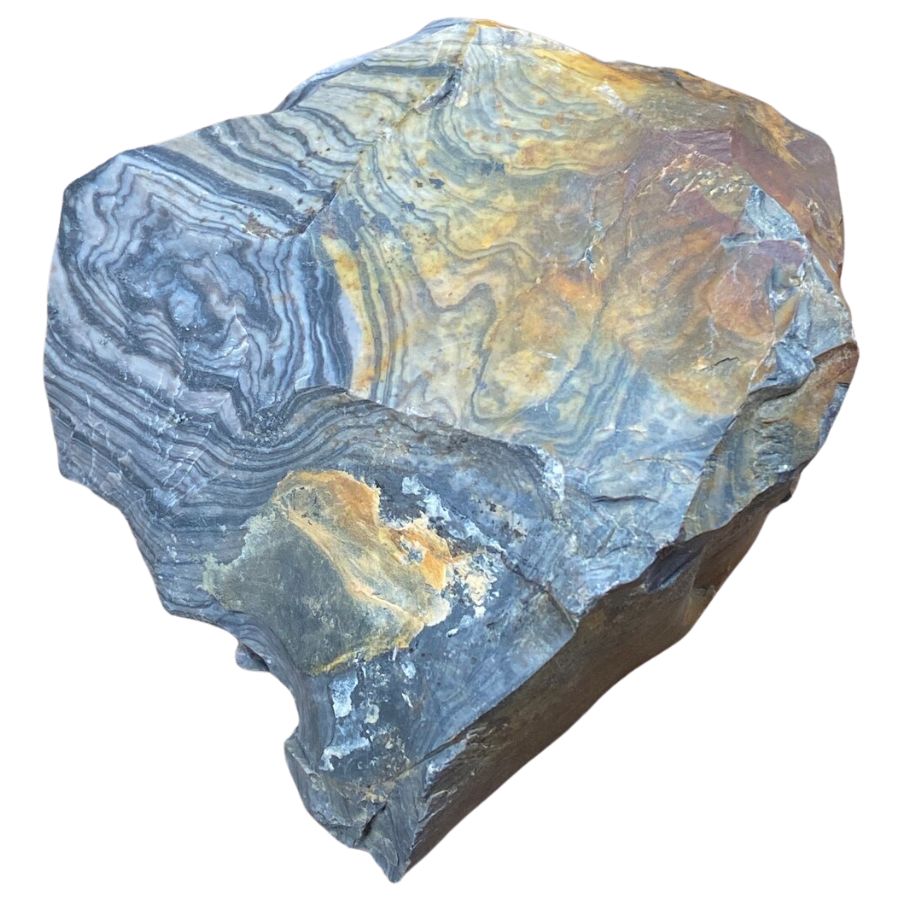
Chert is a really hard type of rock that’s part of the quartz family. People have used it for a very long time to make tools because it can be shaped into sharp edges.
You can mostly find chert in places where there are layers of sediment, like near old riverbeds or oceans. Flint, which is a kind of chert, is known for sparking fire when struck against steel.
Chert can look pretty plain, but it’s super useful. It’s not just used for making tools; sometimes it’s also used in building and for making decorative items.
Fossils
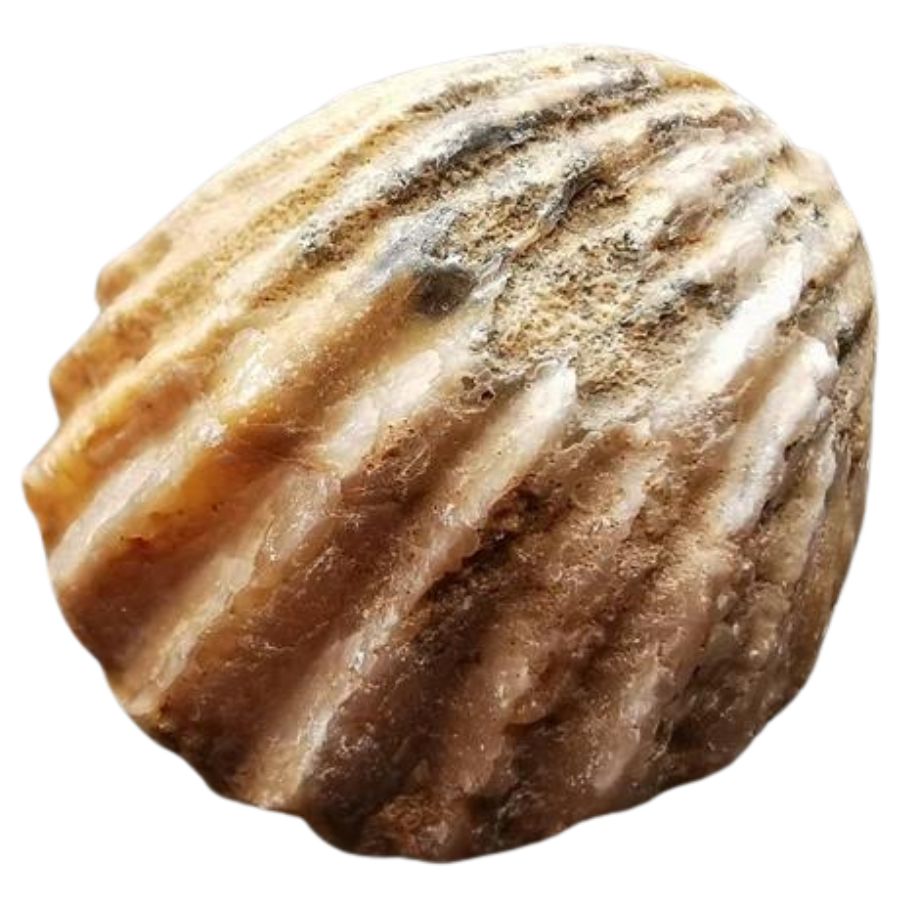
Fossils are like nature’s time capsules; they are the remains or marks left by plants or animals that lived a long time ago. They get trapped in rocks, especially sedimentary rocks, which form from layers of sand, mud, and other stuff over time.
You might find fossils of snails, insects, plants, and small animals that lived millions of years ago. What might be your backyard today could have been an ocean or forest long ago.
If you find a rock with unusual but consistent patterns or ridges, it might be a fossil. You’ll most likely find small marine fossils that look like snails and shells, depending on where you live.
Jasper
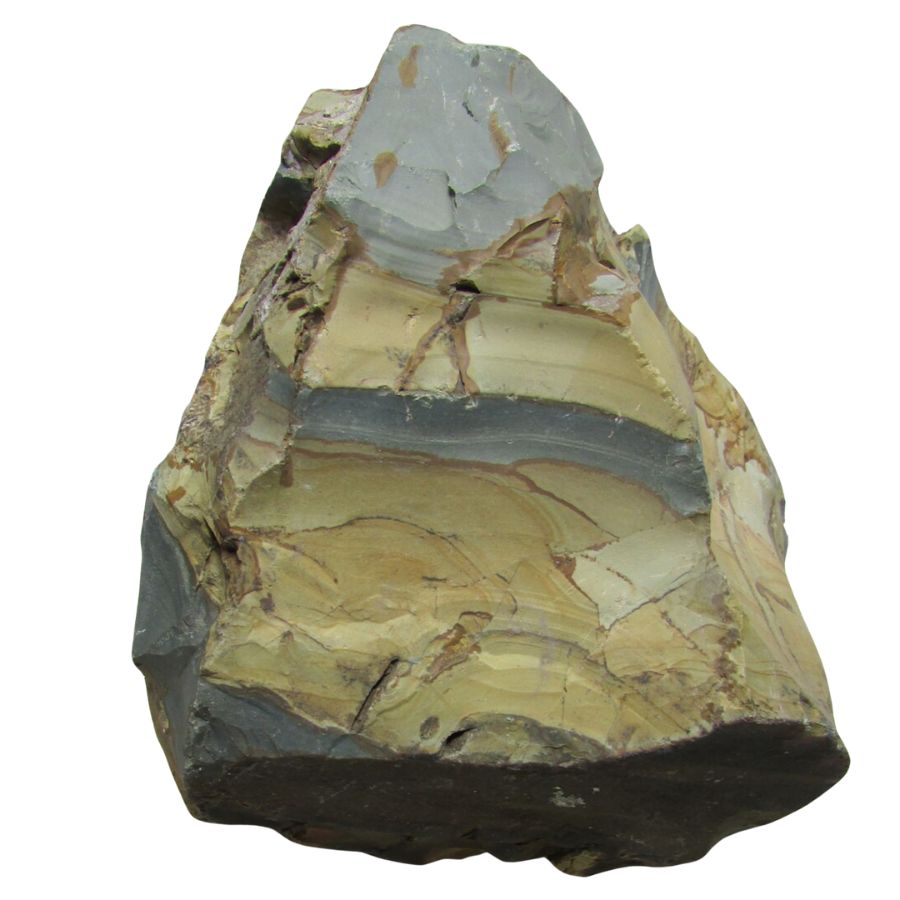
Jasper is a kind of rock that’s not see-through and usually comes in colors like red, yellow, or brown. It’s made of silica, but it’s not pure like some other kinds of rocks, which gives it different colors.
This rock is often found in places where there’s been water for a long time, like riverbeds, or in areas with old volcanic ash. Over time, the silica in water or ash gets hard and turns into jasper.
Jasper can be really smooth and almost shiny when it’s polished. It’s pretty common, so you might find a piece in your backyard if you look around spots where the soil has different kinds of rocks.
Garnet
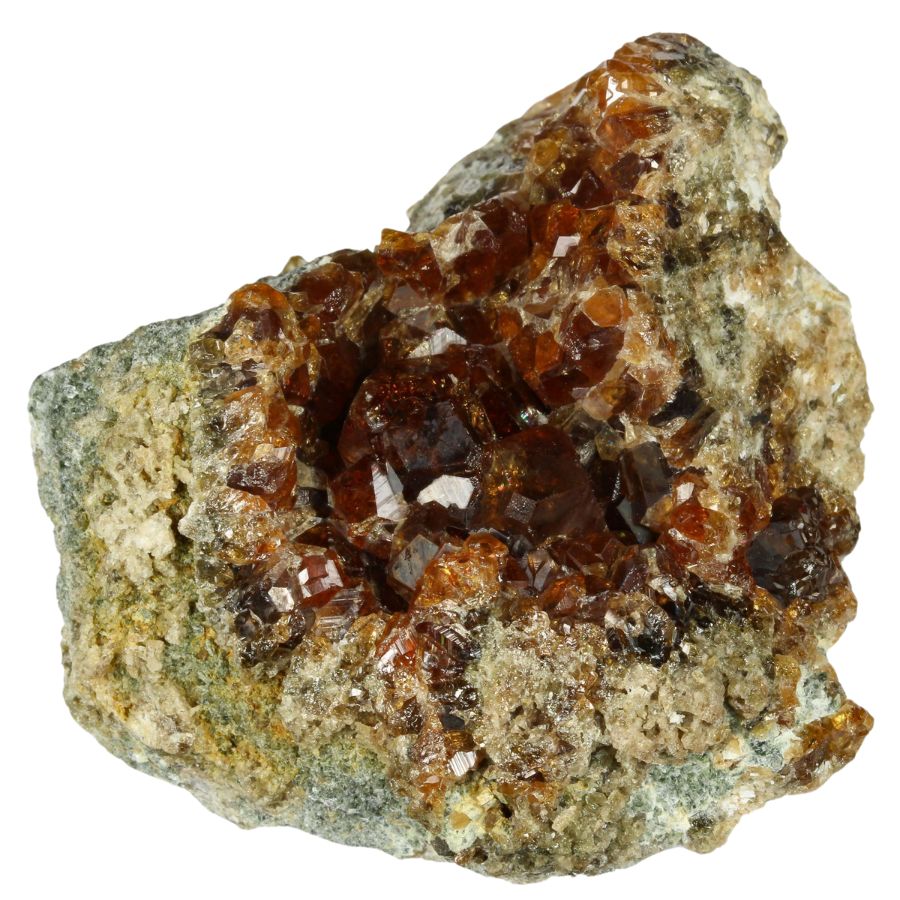
Garnet is a kind of mineral that’s really hard and comes in bright, beautiful colors. It’s often used in jewelry and for sanding things because it’s so tough.
It forms in many different kinds of rocks, so there’s a chance that you might find a few pieces in your backyard. These backyard garnets are usually not the kind you’d use in jewelry, but they’re still neat to find.
Each piece of garnet can look different. Some are red, some are green, and they all have their own unique shape and size.
Calcite
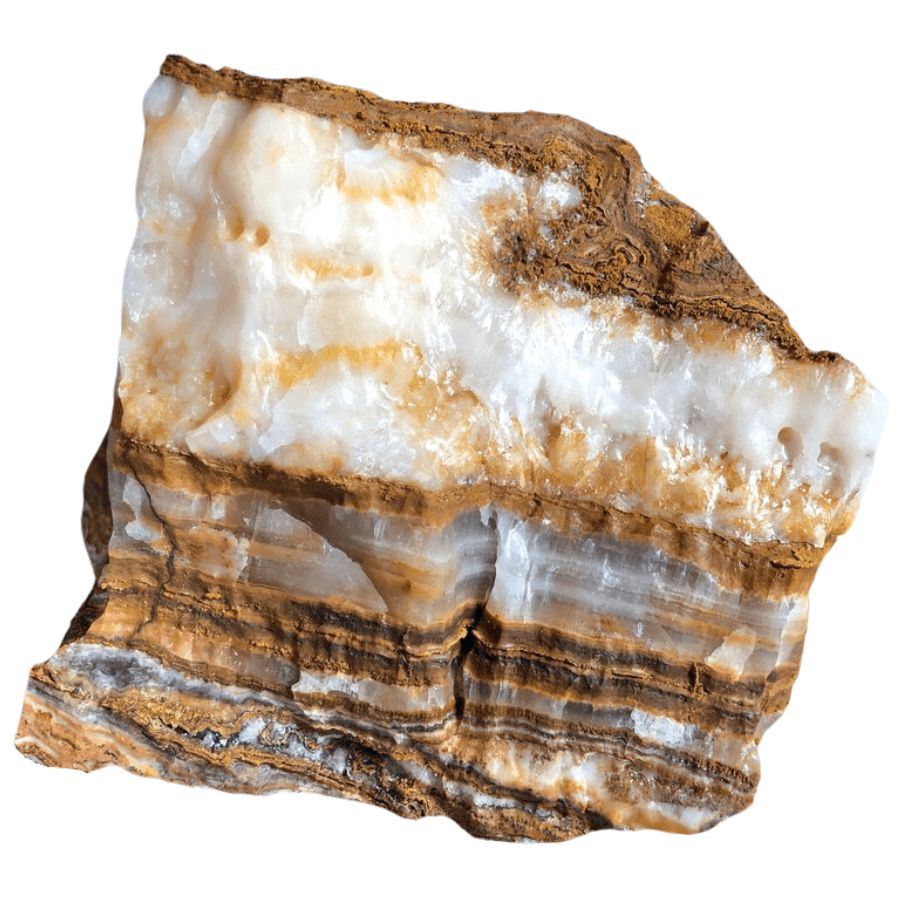
Calcite is a really common mineral that you can find in rocks like limestone and marble. It’s made of a substance called carbonate and can be found in lots of places.
This mineral often forms in areas where there used to be oceans, lakes, or rivers. Over time, layers of shells and other sea stuff pile up and turn into rocks that have calcite in them.
One cool thing about calcite is that it can fizz or bubble if you put a weak acid, like vinegar, on it. This is a fun way to test if a rock you find in your backyard is made of calcite.
Gypsum
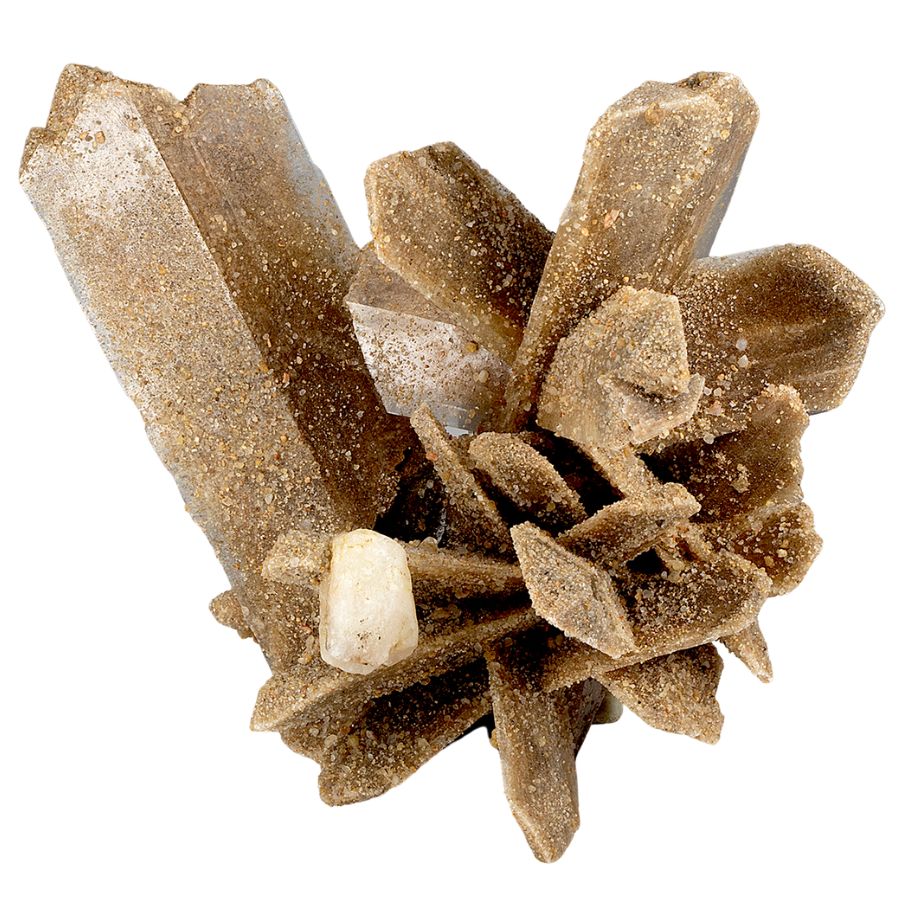
Gypsum is a soft mineral that’s used in making things like plaster and wallboard. It’s also good for plants, so sometimes it’s used in gardens as a fertilizer.
This mineral forms in places where old saltwater lakes or seas have dried up. The water goes away, but it leaves behind the gypsum in the soil.
There are several different kinds of gypsum. The most common types include alabaster, which is used for carving, and selenite, which can be clear and can look a bit like glass.
Wonderstone
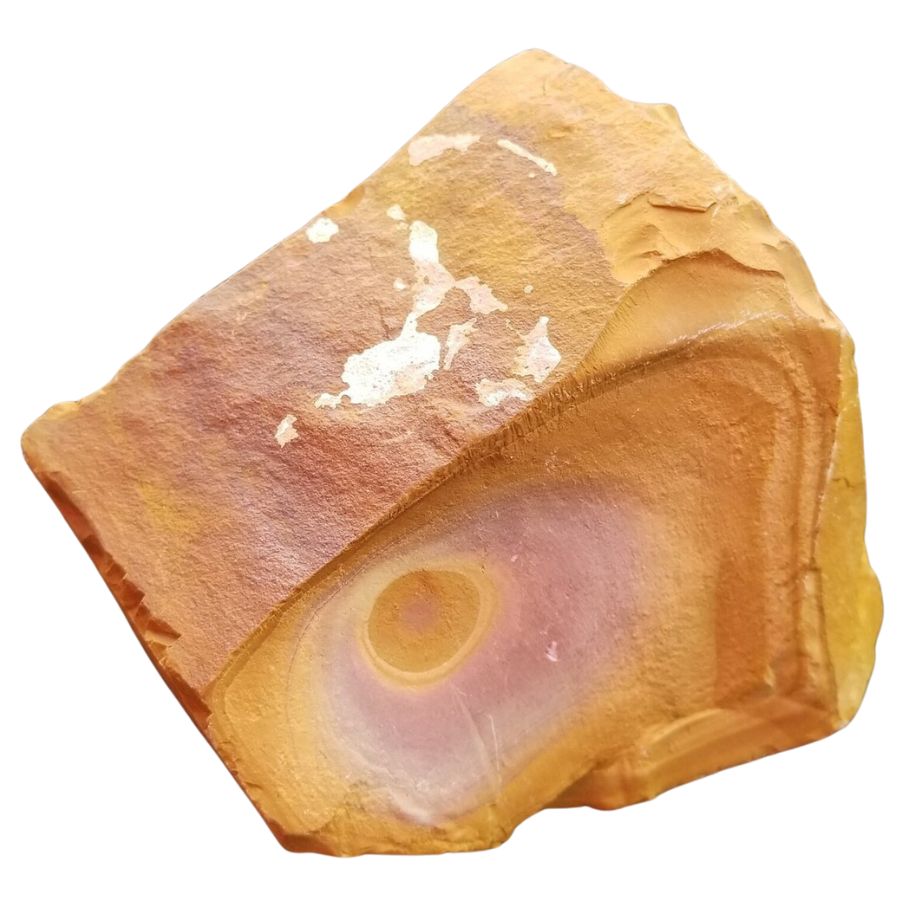
Wonderstone is a really cool kind of rock that’s actually a type of rhyolite. It’s known for having all sorts of colors swirled together in patterns.
This rock usually forms in areas that had volcanoes a long time ago. The heat and stuff from the volcano helps make the patterns and colors in the wonderstone.
The neat thing about wonderstone is that each piece looks different. Some might have reds and yellows, while others might have purples and blues, making each one unique.
Tourmaline
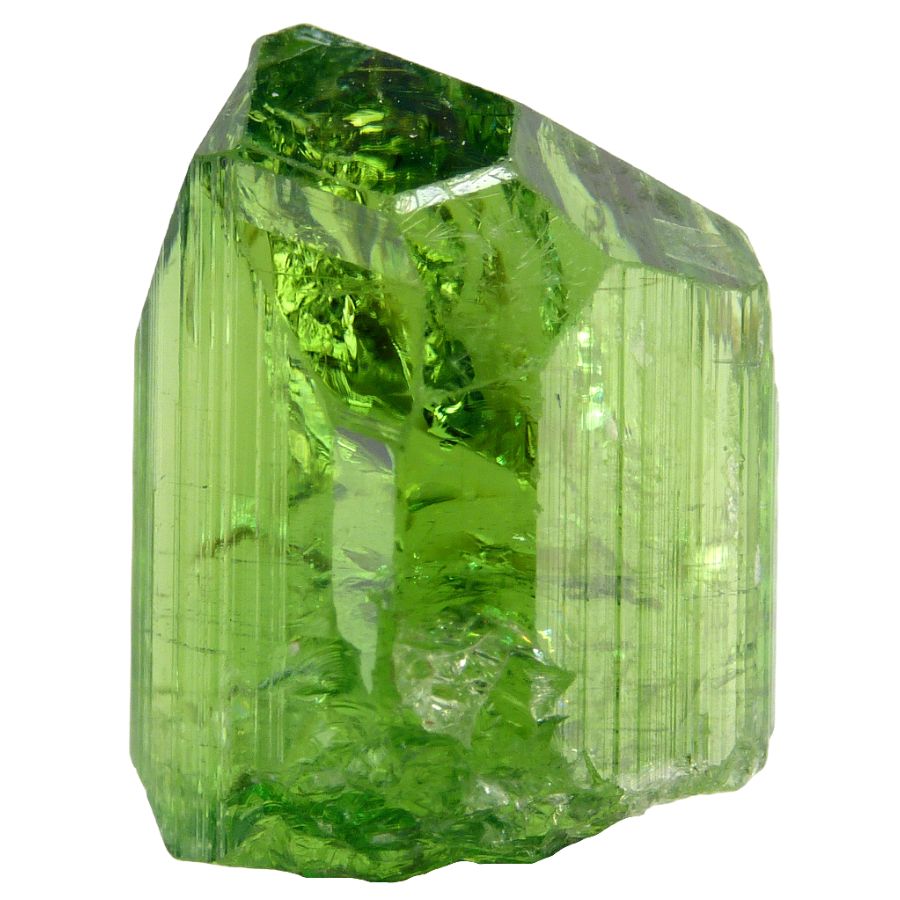
Tourmaline is a really interesting mineral because it can be lots of different colors. It’s made from a mix of elements, which is why it can look so varied.
This mineral is often found in granite and metamorphic rocks. So, if there are these kinds of rocks in your area, you might find tourmaline.
People like to use tourmaline as a gemstone because its wide range of colors makes it popular for making jewelry.
Amethyst
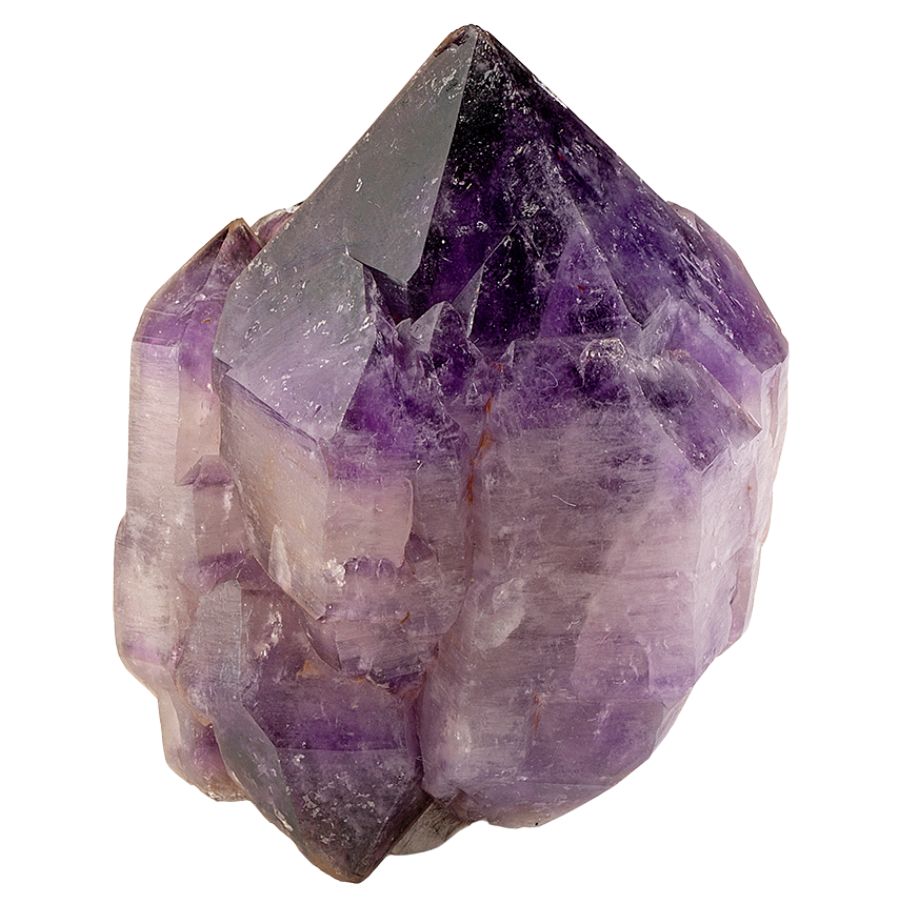
Amethyst is a kind of quartz that is really special because of its purple color. This color comes from tiny bits of iron and other metals inside the quartz.
You can find amethyst in places where there are volcanic rocks or in geodes, which are rocks with a hollow space inside filled with crystals. Sometimes, it’s also found in clusters or as single pieces in these areas.
Each piece of amethyst can look different. Some are light purple, and others are really dark, making them all unique and interesting.
Common Opal
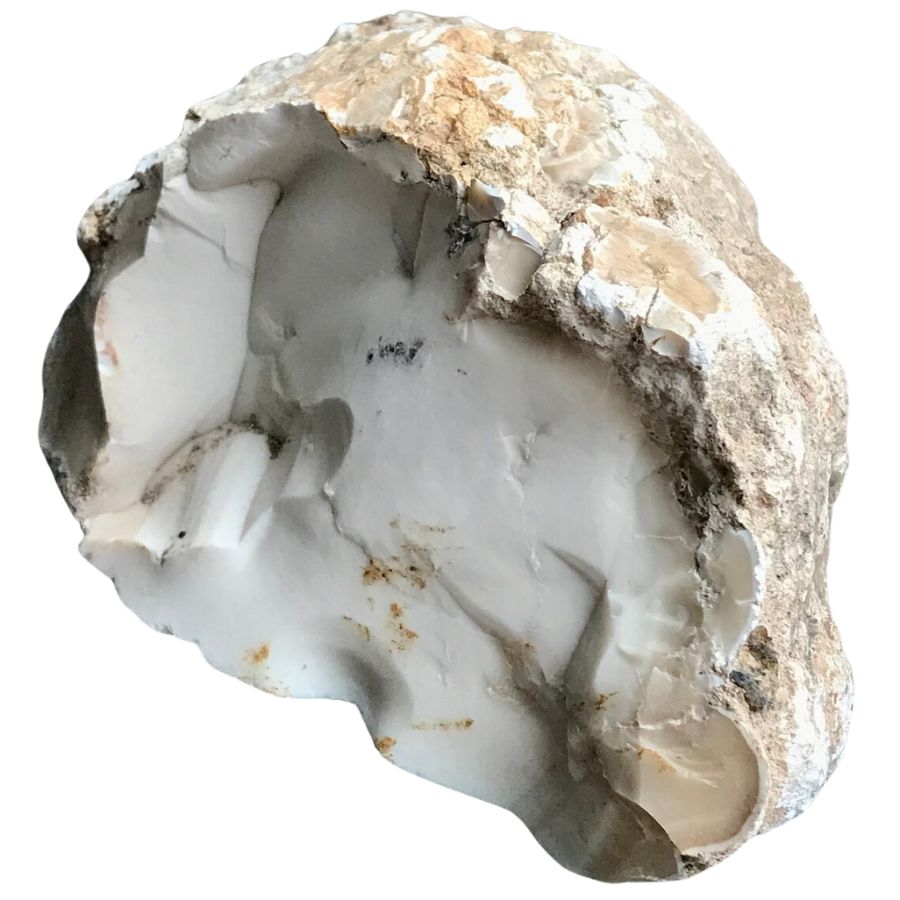
Common opal is different from the flashy, colorful opal you might know. It doesn’t have the play-of-color of precious opal because of the way its tiny silica pieces are arranged inside.
This type of opal usually looks white, grey, or brown, but sometimes you can find it in yellow, orange, green, blue, or even pink. It can be translucent or opaque, and it has a more solid color.
You might also find botryoidal opal. It has a cool, bumpy surface that looks like a bunch of grapes stuck together.
Olivine
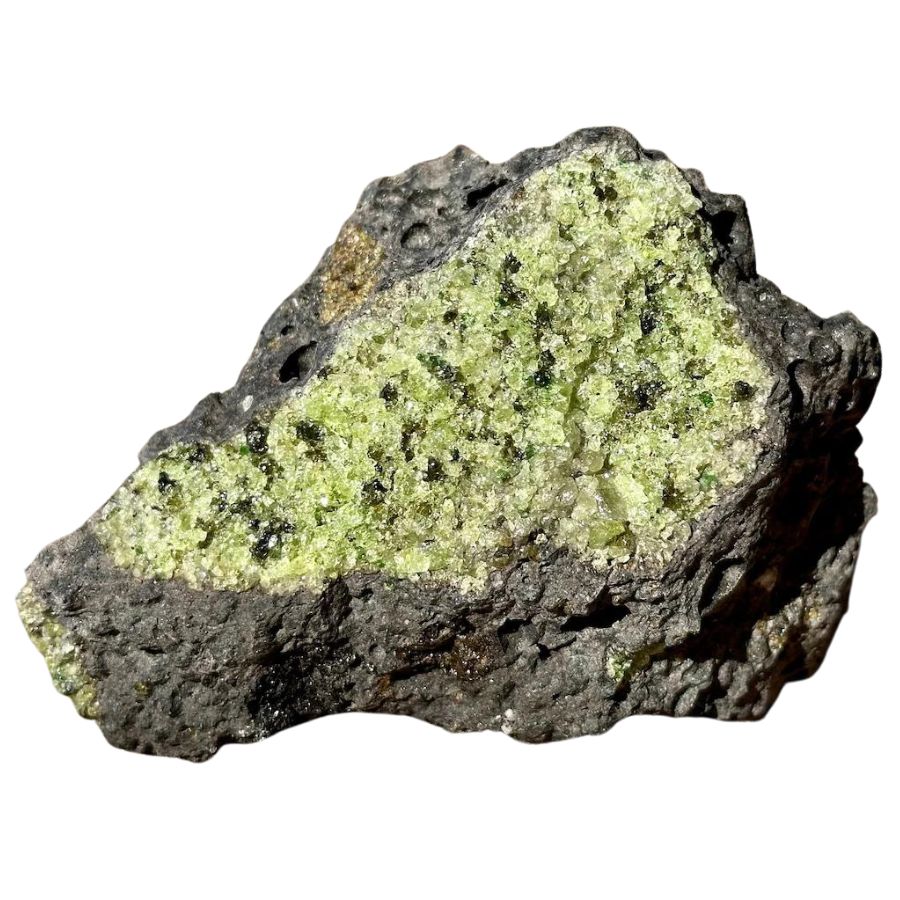
Olivine is a greenish rock that you can sometimes find in dark rocks like basalt. It’s made of magnesium and iron, which give it its olive-green color.
This mineral can be found in places where there’s been volcanic activity. But don’t expect to find it everywhere – it’s not as common as some other minerals.
Peridot is a type of olivine that’s used in jewelry because it’s really pretty. It’s the same mineral, just a bit clearer and more gem-like.
Amazonite
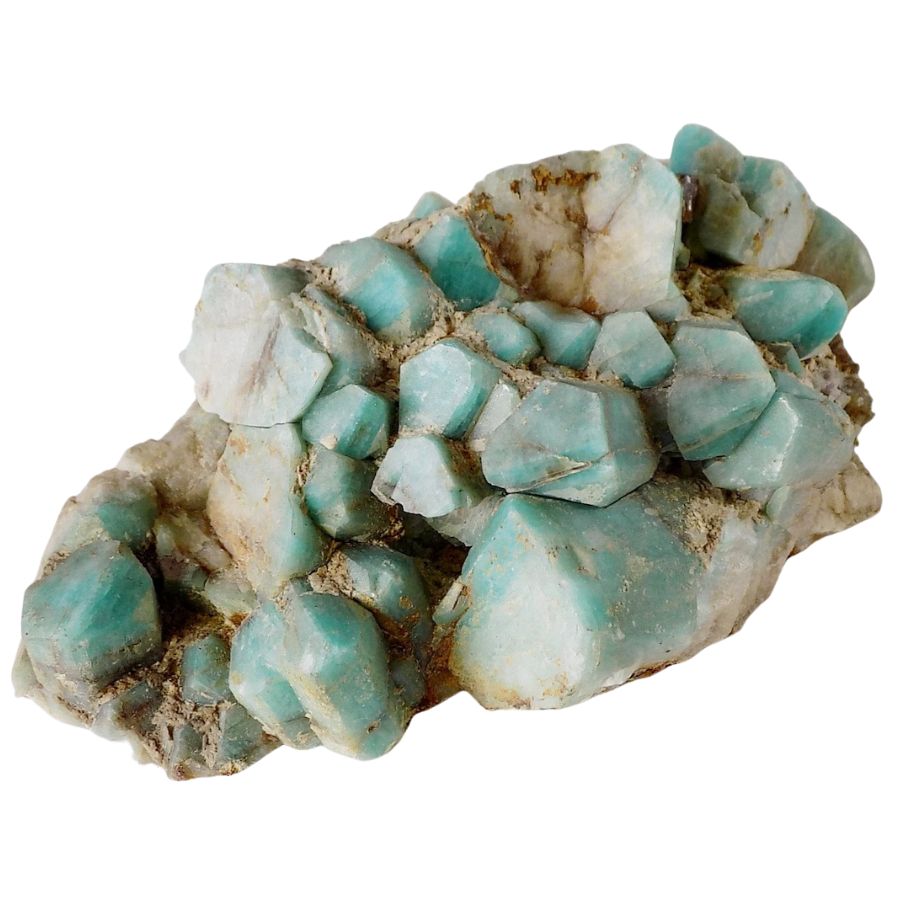
Amazonite is a cool kind of rock that’s usually a green or blue color. This rock gets its color from small amounts of lead and water in it.
It’s a type of feldspar, which is a mineral that’s often found in granite rocks. So, if you have granite in your area, you might find amazonite.
People like amazonite because of its bright color. It’s used in jewelry and for decorating things because it looks so neat.
Hornblende
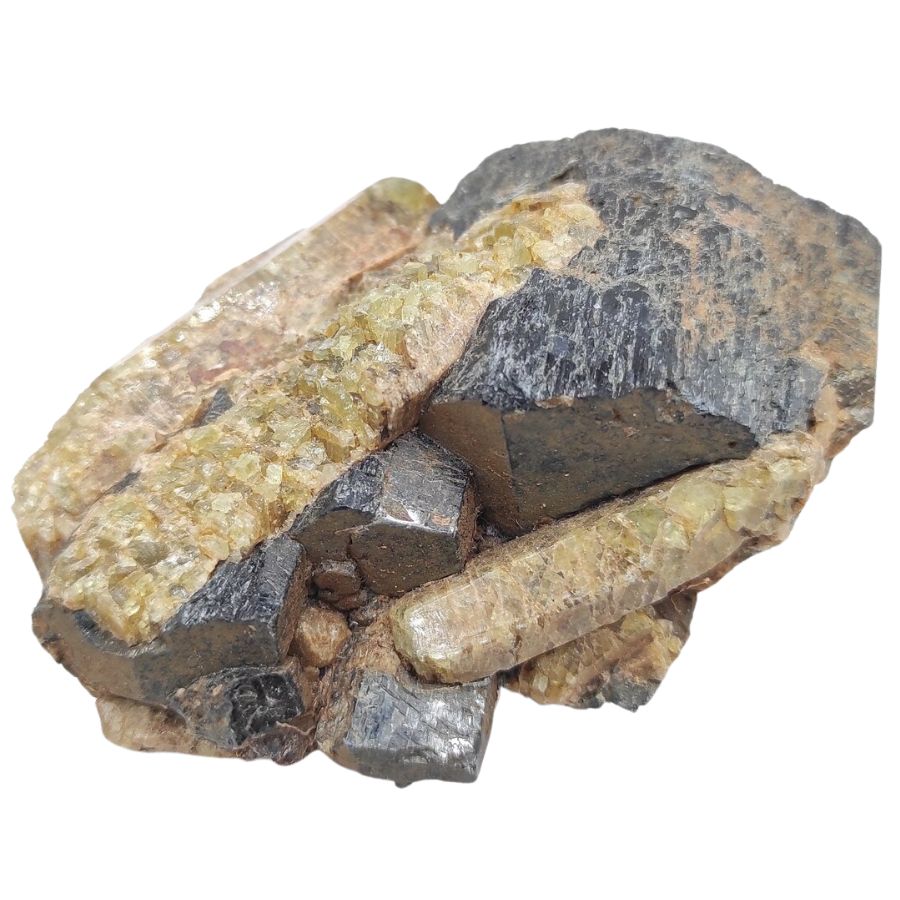
Hornblende is a type of mineral that’s usually dark green or black. It’s part of the silicate family, which means it’s made from materials like oxygen and silicon.
This mineral is mostly found in igneous and metamorphic rocks, like granite and diorite. If these types of rocks are common where you live, you might find hornblende.
Hornblende is cool because it can tell geologists a lot about how the rock it’s in was formed. Its presence can indicate the conditions where the rock was made.
Fluorite
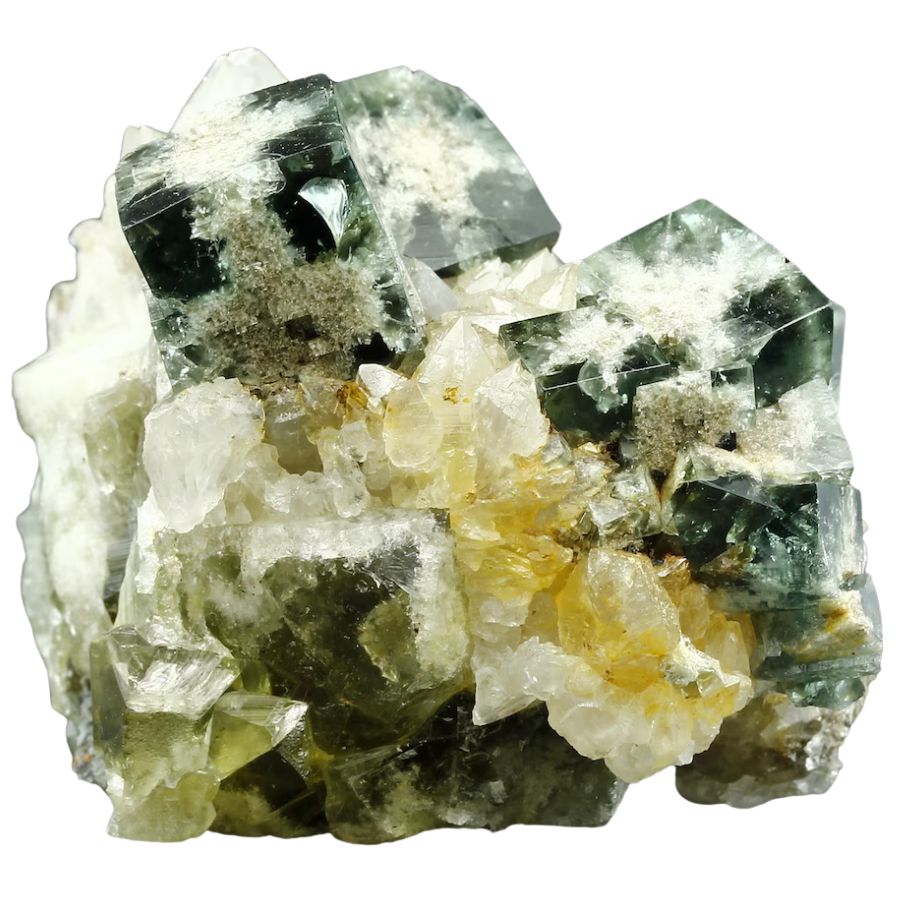
Fluorite is a cool mineral that can be all sorts of colors like purple, blue, green, or even clear. It’s made of calcium fluoride, which is why it can look so different. It’s crystals are commonly cube-shaped and can be found in clusters.
This mineral usually forms in places where hot water flows through rocks deep underground. These hot water areas can leave behind minerals like fluorite in the cracks and spaces of rocks.
The cool thing about fluorite is that it glows under ultraviolet light. This glowing property makes it a favorite for collectors and scientists.
Special Mention: Slag
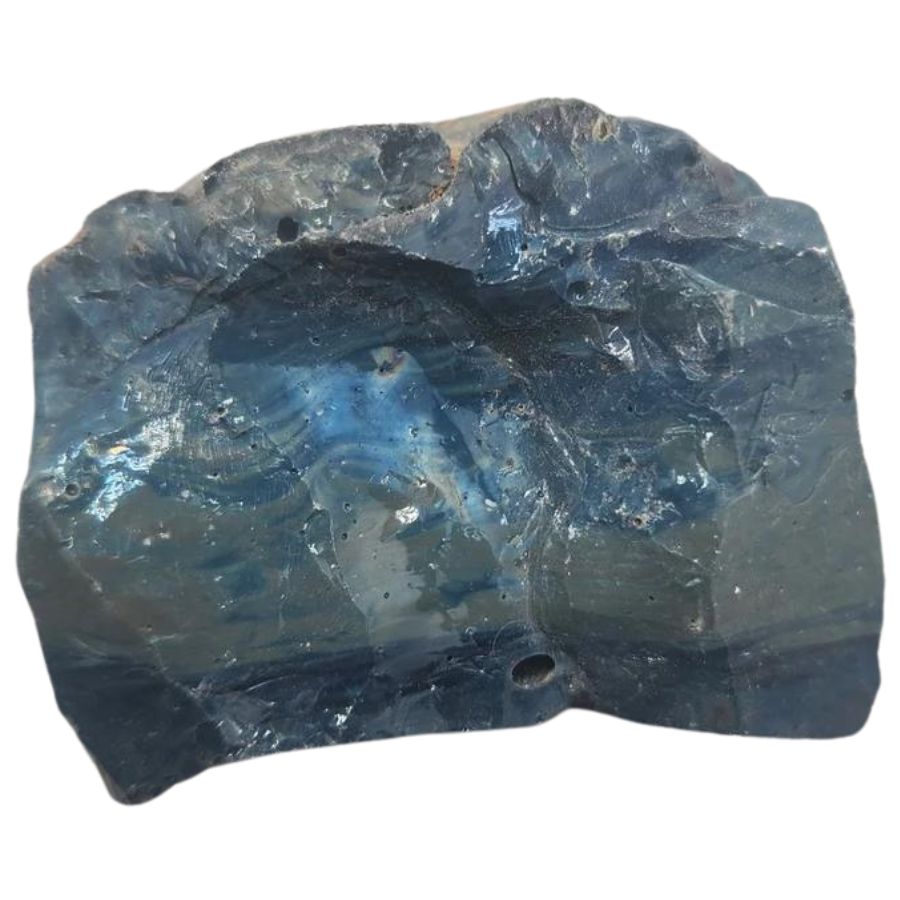
Slag is not a natural rock, but it’s something you might find in your backyard. It’s a byproduct or leftover material from metal smelting, which occurred in old mining or metalworking sites.
Sometimes, slag can look like real rocks or minerals because of its color and shape. But it’s actually made by human activities, not nature.
Even so, people often get slag mixed up with natural minerals. If you live near an old factory or mining area and you find a weird or interesting rock, it might be slag.
To tell if a rock is slag or natural, check if it’s heavier than most rocks and if it has a glassy or bubbly surface. Natural rocks usually don’t have these features, so these clues can help you figure out if it’s slag.

